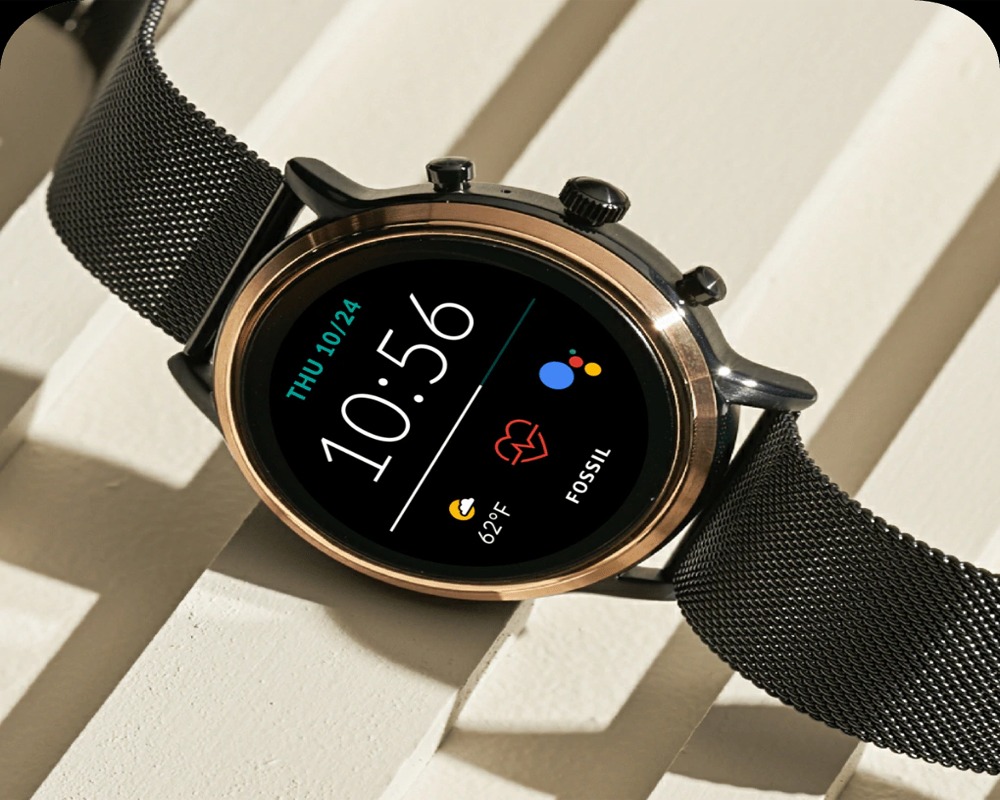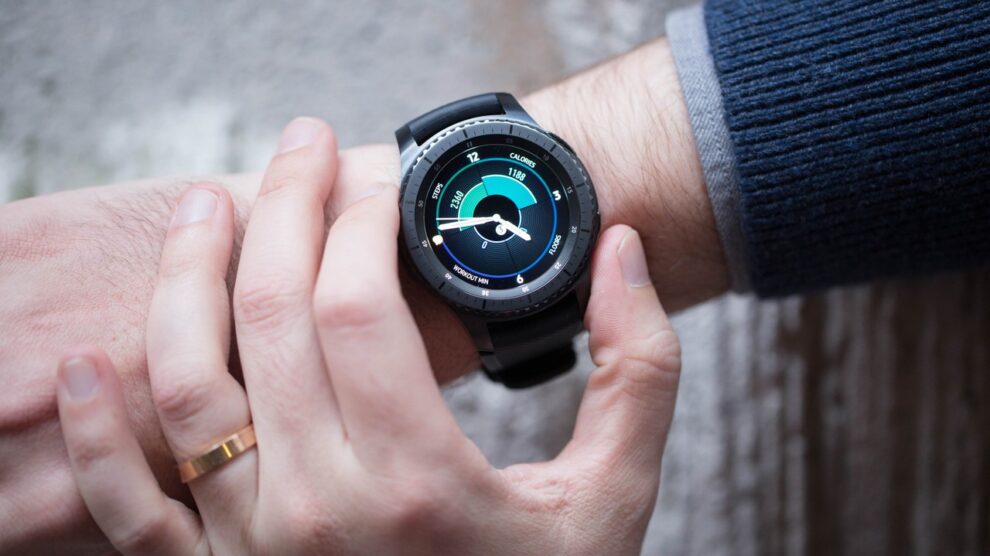While smartwatches evolve impressively augmenting notifications, health tracking and payments on the go, nearly all share a common consumer complaint – inadequate runtimes between charging.
However, Google’s latest Wear OS software attempts addressing this through a hybrid dual-processor architecture better balancing performance tasks against lower intensity activities to optimize efficiency and battery longevity.
Let’s explore the approach, benefits, current device compatibility and outlook on whether this technology could help liberate smartwatches from daily charging worries as ambient computing dreams edge closer towards reality.
Specialized Chips Split Up Smartwatch Work
The fundamental efficiency improvement stems from dividing jobs across two processors:
- Main Application Processor: High performance unit runs Wear OS itself and demanding apps when active user engagement occurs.
- Companion Processor: An ultra low power co-processor maintains basic background tasks like sensor monitoring, notifications and watch face display.
This pioneering pairing aims allowing smartwatches running more responsively when required while sipping power during dormancy.

The Promise of Multi-Day Operation
So what user experience improvements directly result from the split hardware architecture?
- Potential for up to week long runtime by preserving battery for high intensity loads.
- Smoother responsiveness reacting to contextually relevant events like new messages or milestone alerts.
- Build the foundation for future software capabilities like Google Assistant without battery life tradeoffs.
A win-win for both enhancing immediate functionality without sacrificing endurance.
Assessing Current Wear OS Device Compatibility
Being a brand new initiative, existing smartwatch support remains limited pending processor integration:
- Newly announced Snapdragon W5+ wearable chipsets enable the hybrid interface.
- Pixel Watch 2 expects benefiting thanks to Google end-to-end hardware/software optimization.
- Unclear if older Wear OS watches will gain compatibility through potential firmware updates.
But based on Google’s enthusiasm here, adoption looks destined accelerating.
The Outlook for Smartwatch Runtime Improvements
While forecasts remain fluid, Google cementing expanded Pixel Watch battery expectations through efficiency-oriented silicon and software co-engineering represents a watershed moment in the gradual mainstreaming of smartwatches.
And arguably more essential, this technology foundation provides headroom sparking more ambitious capabilities unencumbered by runtime anxieties – a breakthrough both consumers and innovators will celebrate jointly!










Add Comment